Which Soft Drink Is Most Counterfeited in the Market?
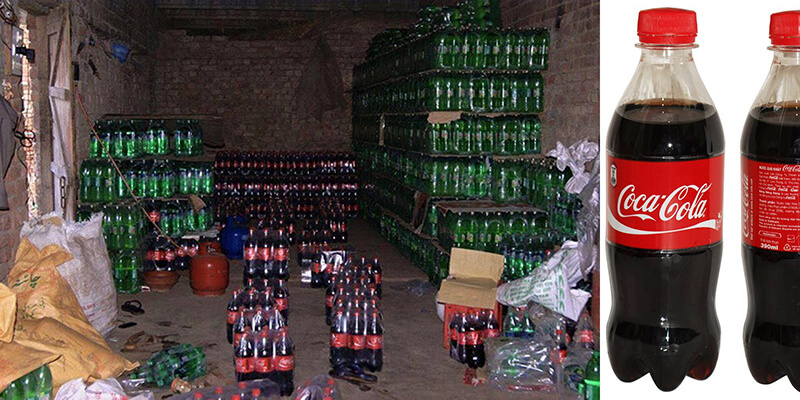
The soft drink market is flooded with hundreds of domestic and imported beverage options available everywhere. This variety, however, also paves the way for counterfeit and imitation products to infiltrate the market. The prevalence of fake soft drinks is on the rise.
Numerous facilities across the country are engaged in the production of counterfeit soft drinks. These drinks are made without adhering to hygiene standards and often contain unidentified chemicals and prohibited substances that pose health risks.
Two of the biggest soft drink brands in Vietnam, Coca-Cola and Pepsi, have been counterfeited and sold in the market. Other popular brands like Sting and 7up have also faced similar issues.
Plastic bottled soft drinks are the easiest to counterfeit! Counterfeiters rarely have the technology to replicate the intricate can printing of authentic products. On the other hand, glass bottles are often collected and recycled by the brands, making them less susceptible to counterfeiting.
Why Is It Difficult to Distinguish Between Genuine and Fake Soft Drinks?
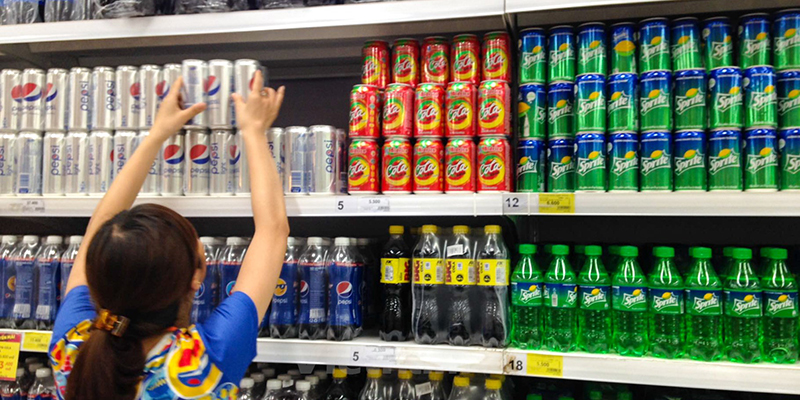
It is incredibly challenging to differentiate between authentic and counterfeit soft drinks. The external packaging and appearance are almost identical due to the advanced technology used in fake label printing.
Counterfeiters can easily purchase plastic bottles, fill them with their concoctions, and reseal them. The packaging is identical to the genuine product, and the difference lies only in the taste and smell.
Not everyone can discern the difference in taste, as soft drinks are often consumed cold or with ice, which masks the true flavor and aroma.
Additionally, counterfeit drinks are usually significantly cheaper than their authentic counterparts.
How to Identify Some Genuine and Fake Soft Drinks
Distinguishing Coca-Cola Fakes from the Real Deal
General Observations
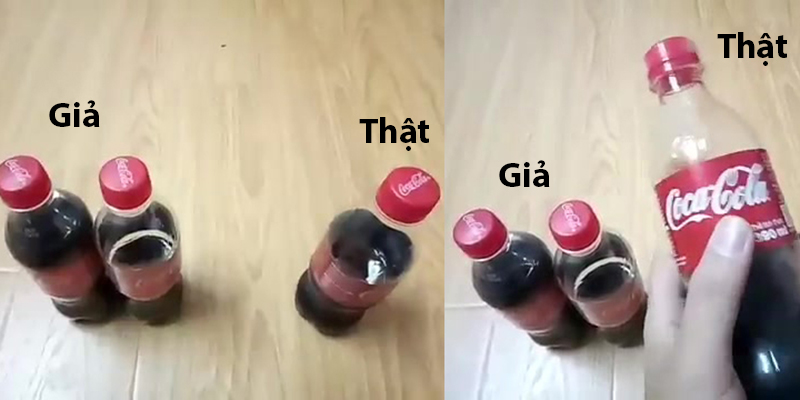
– At first glance, it is nearly impossible to tell the difference between a genuine and a counterfeit Coca-Cola bottle. The bottles and their labels appear identical.
– The most noticeable difference lies in the Coca-Cola logo on the bottle cap.
Brand Logo on the Cap
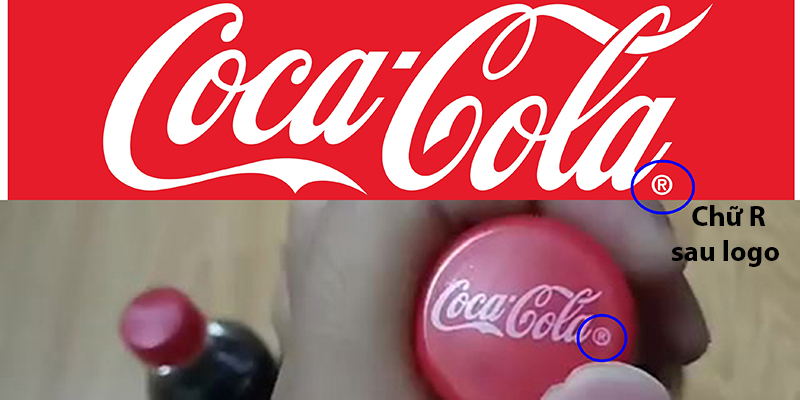
– Fake: The letter ‘R’ inside the circle is relatively small, blurry, and not sharp. It appears smudged and is of the same size as the ‘R’ on a genuine bottle.
– Genuine: Although the letter ‘R’ inside the circle is small, it is clearly printed and sharp. The tail of the ‘R’ and the letter itself are distinct from the circle, with no smudging or ink bleeding.
Adhesive Label
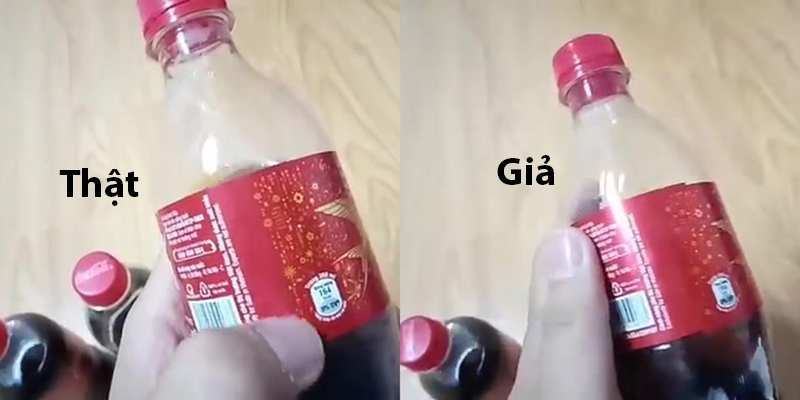
– Fake: The edges of the label are rough and uneven, with excess glue that can be felt when touched. The application is sloppy, and in some cases, the label may be crooked or have glue protruding from the edges.
– Genuine: The edges of the label are smooth and even, and it is challenging to spot the seam without careful inspection. When touched, the edges feel smooth, with no excess glue or protrusions.
Taste and Smell
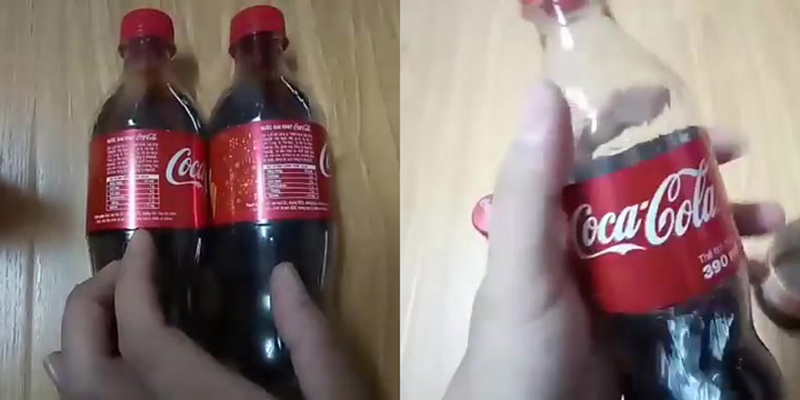
– Coca-Cola fakes have a very mild taste and contain little to no carbonation. In contrast, the authentic drink is known for its sweetness and high carbonation.
– You can easily notice the difference in taste and smell when consuming the product at room temperature, without ice or refrigeration.
Spotting the Differences Between Genuine and Fake Sting Drinks
Bottle and Cap
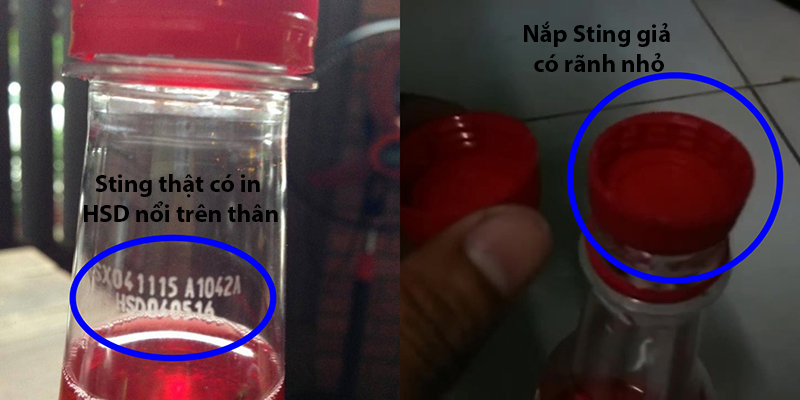
– Fake: Near the neck of the bottle, there is no embossed expiration date. The inside of the cap has smaller, thinner, and more numerous teeth. Additionally, the color of the cap is usually lighter than the genuine one, but this difference can be challenging to spot.
– Genuine: An authentic Sting bottle will have an embossed expiration date near the neck. The teeth inside the cap are larger, longer, and thicker than those on a fake cap. The color of the cap is also richer and shinier.
Taste and Smell
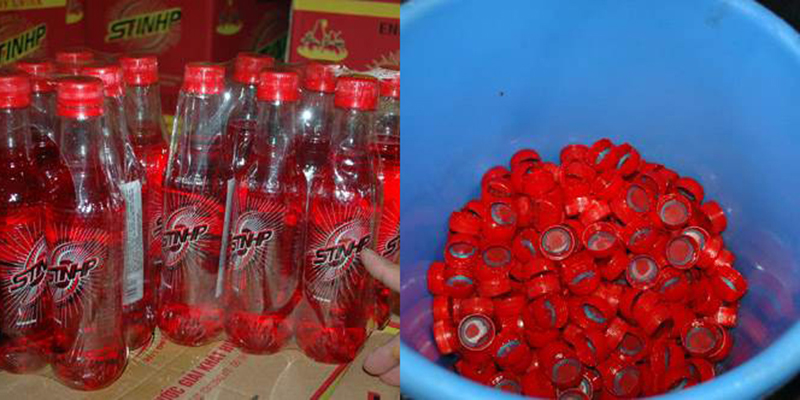
– Fake Sting drinks often have an overpoweringly sweet taste that can be off-putting and irritating to the throat. Genuine Sting drinks have a gentle sweetness that is not overwhelming.
– As with Coca-Cola, the best way to discern the difference in taste is to consume the drink at room temperature.
We hope these signs help you differentiate between genuine and fake Coca-Cola and Sting drinks. For your peace of mind and safety, always purchase from reputable sources.

































